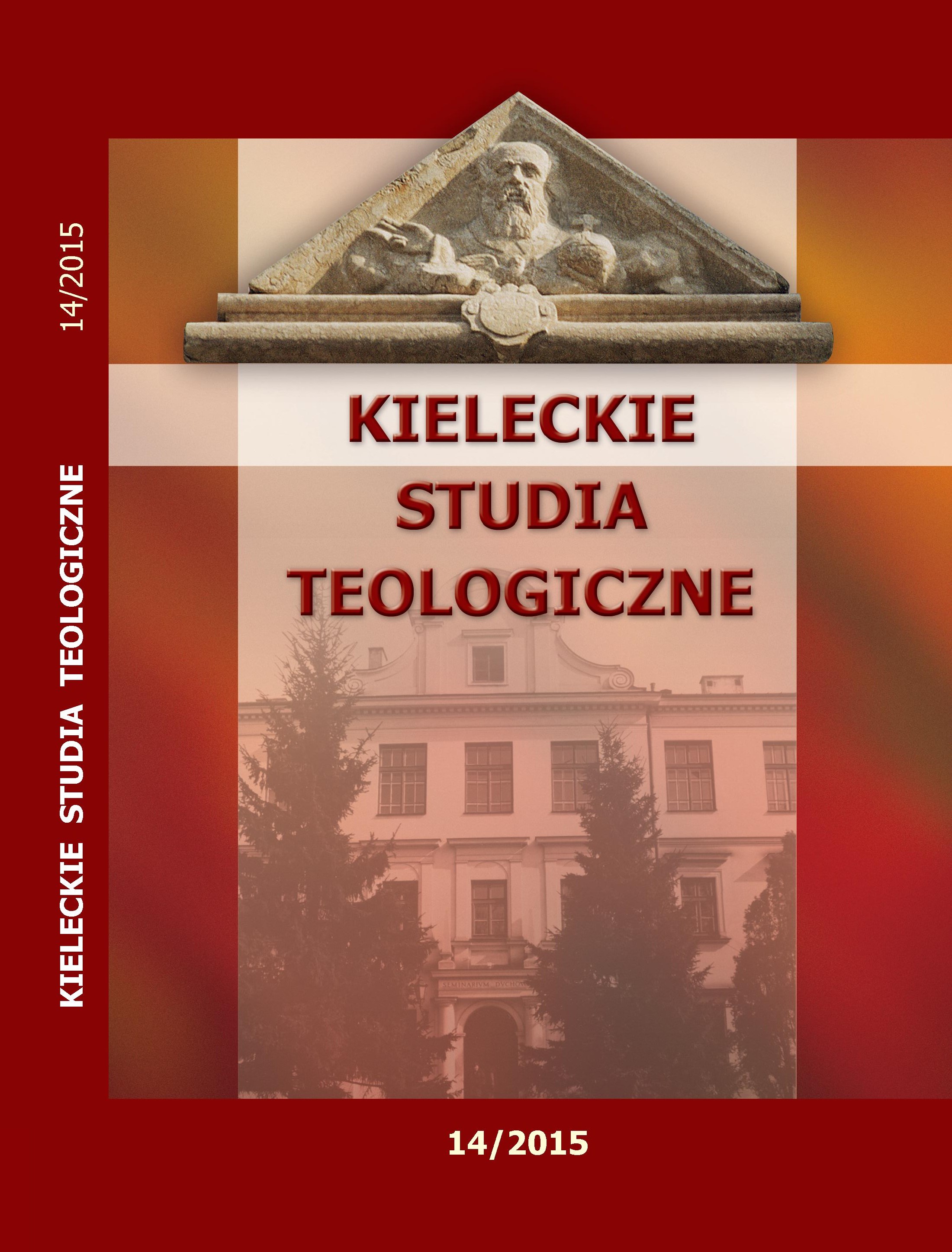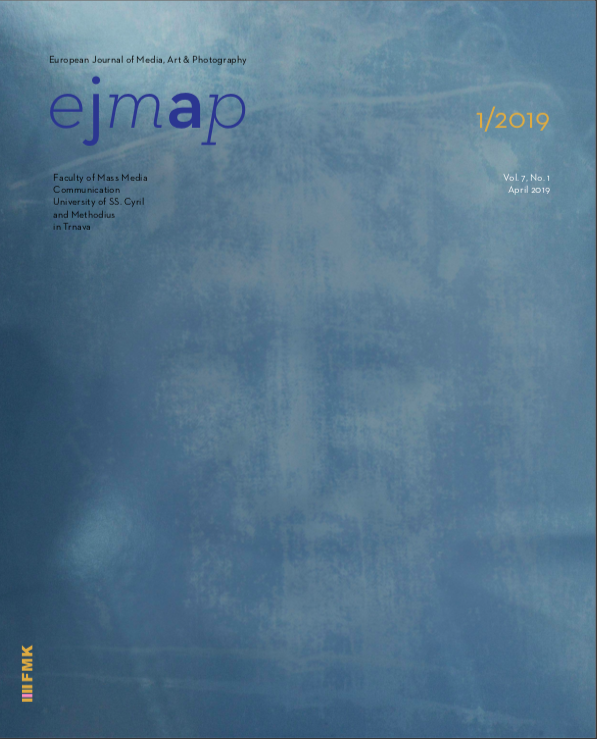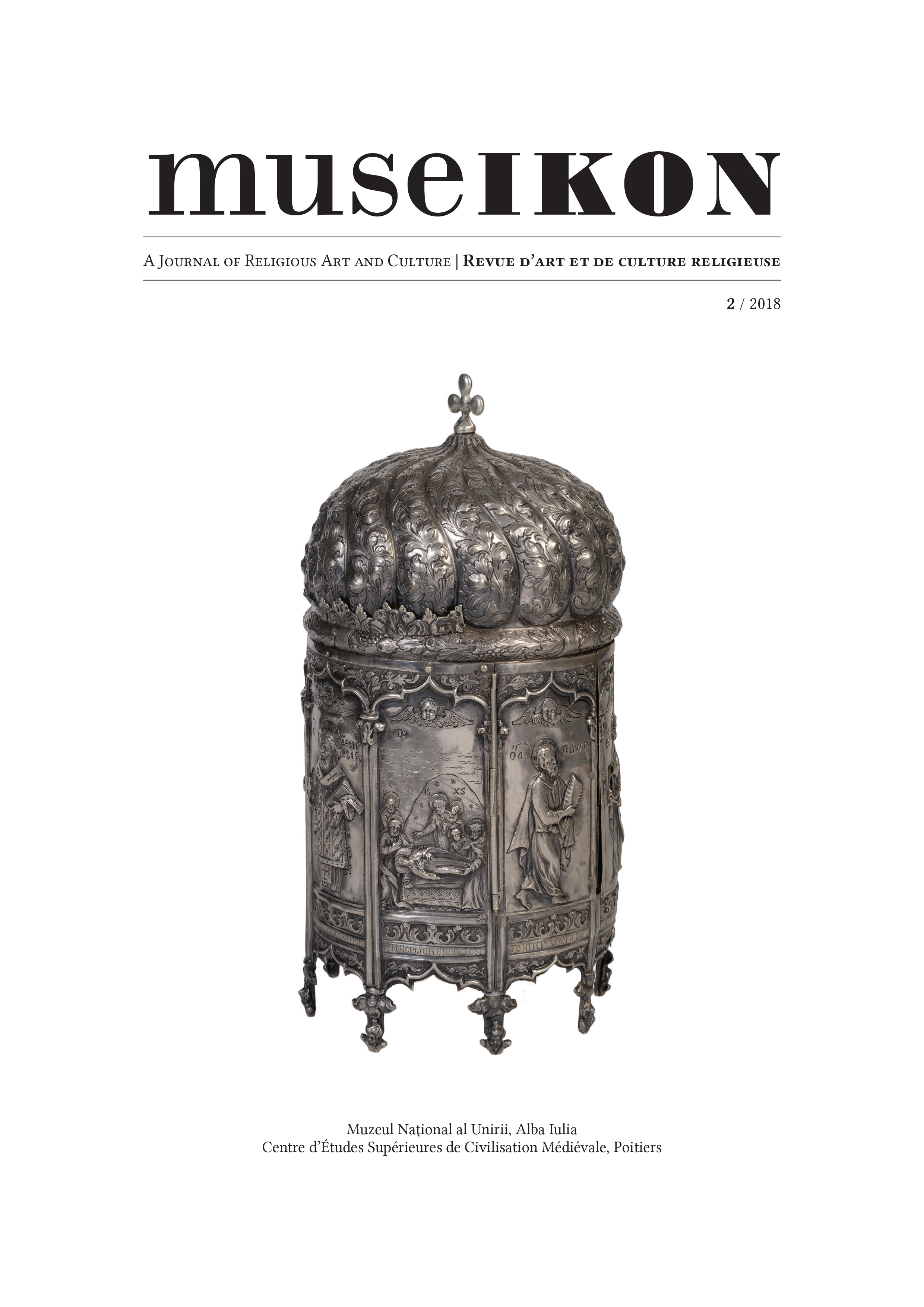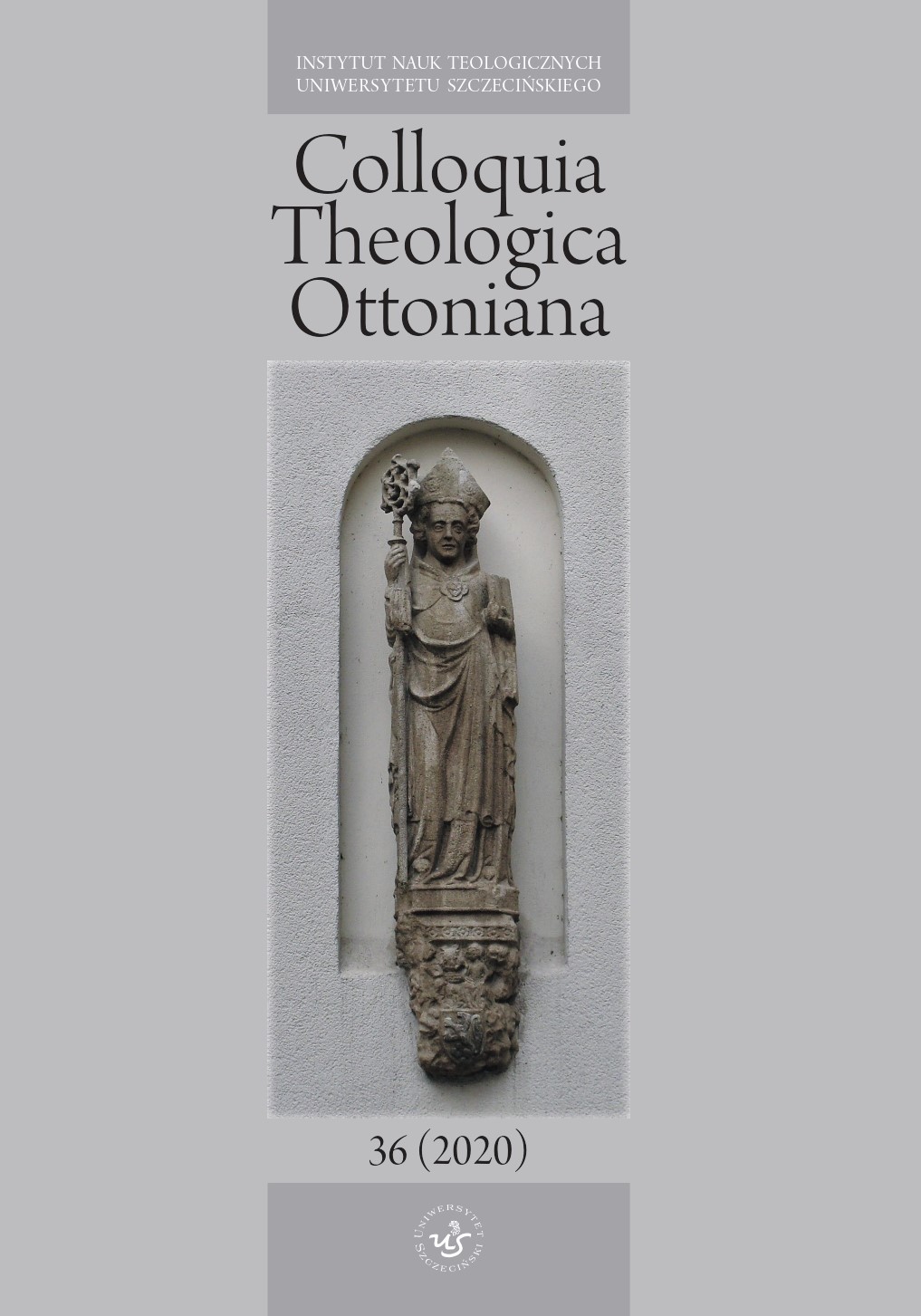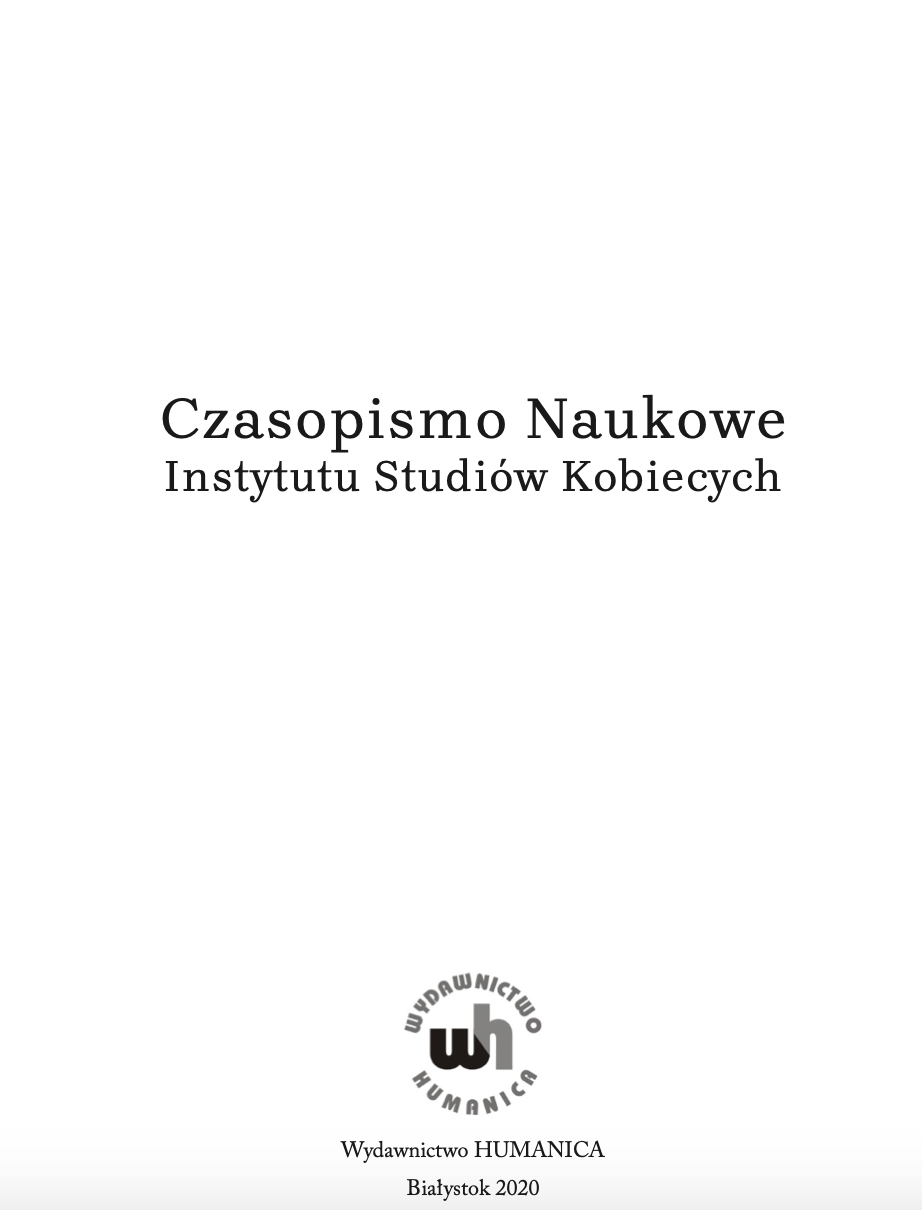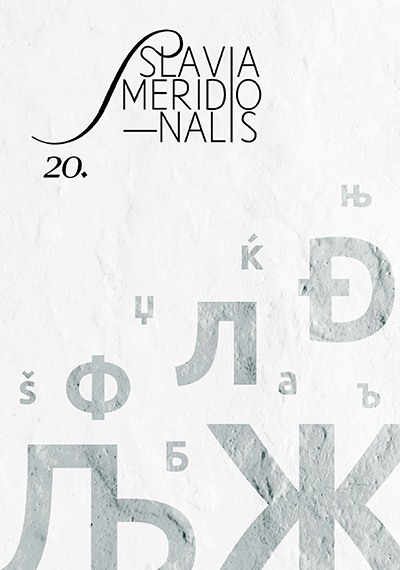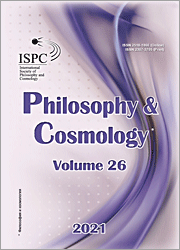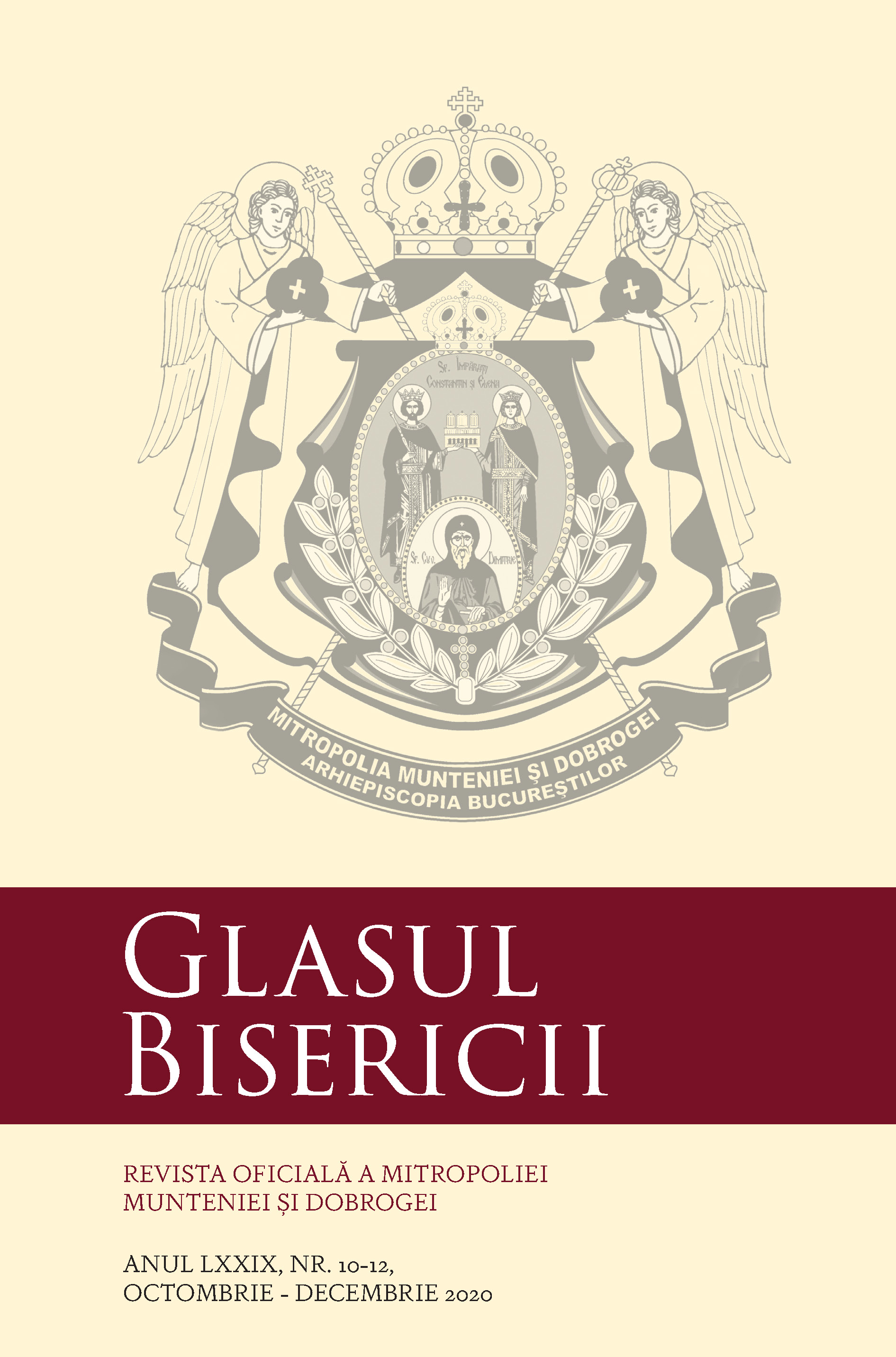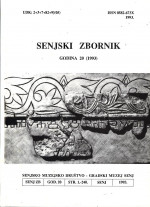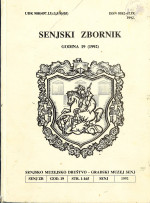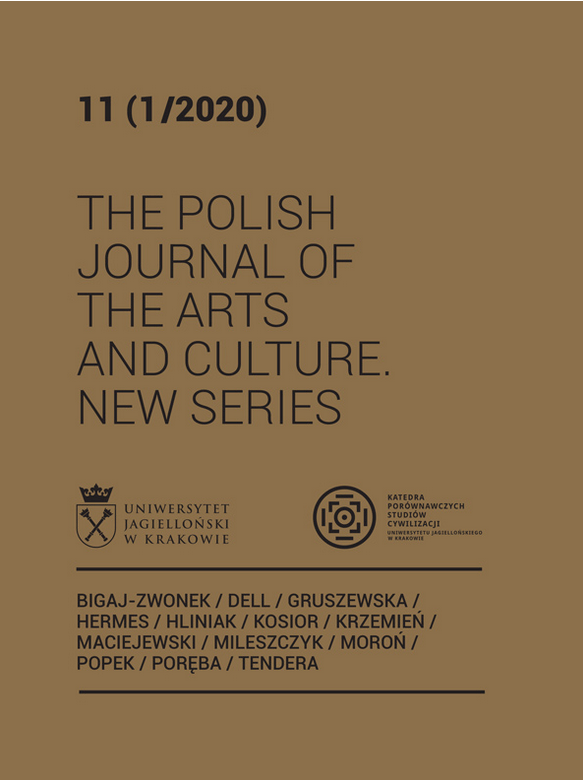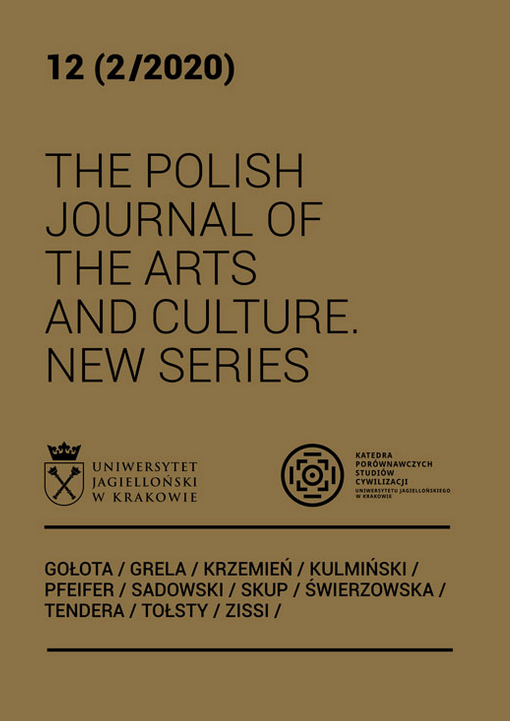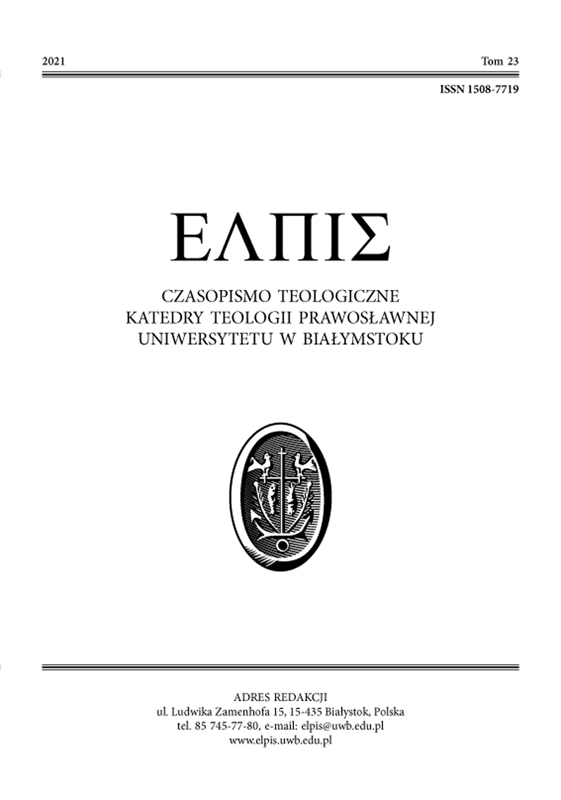Author(s): Mile Bogović / Language(s): Croatian,German
Issue: 1/1992
Der Autor dieses Artikels sucht nach der Lösung des Problems des Wappens von der Stadt Senj. Die bisherigen Autoren, die die Senjer Vergangenheit bearbeitet haben, supponieren die Bestehung eines älteren Klosters des hl. Georg, das zuerst den Templern, und nach der Abfahrt derselben den Benediktinern gehorte. Bei diesem Kloster lag wahrscheinlich die Kirche des hl. Georg, nach der die Stadt Senj ihren Patron, und Sv. Juraj, der Ort siidlich von Senj, seinen Namen bekommen hat. Der Autor des Artikels setzt die Bestehung zweier Kirchen des hl. Georg voraus. Die eine lag auf der Stelle des heutigen Nehaj s; in dieser Kirche wurde der Patron von der Stadt Senj geehrt. Sie hatte schon vor den Templern existiert, die sie 1183/84 wie eine ausgebaute Kirche bekommen haben. Unabhängig von dieser Kirche existierte die Klosterkirche der Abtei des hi. Georg im Ort der heute den Namen dieses Heiligen trägt. Der Autor hat alle Daten gesammelt, die die paralelle Bestehung der Templer und der Benediktiner in der Nähe von Senj beweisen. Ihr Kloster wurde von der Mitte des 14. Jahrhunderts sehr oft "Abtei des hi. Georg de Lisac" genannt. Die Kirche des Patrons von der Stadt Senj auf dem Berg wurde wahrscheinlich in den dreißigen Jahren des 16. Jahrhunderts zerstort, und auf ihrer Stelle wurde die Festung Nehaj gebaut. Als Entschädigung für diese zerstörte Kirche erbauten die Senjer ihrem Patron eine andere Kirche, die sich neben der Domkirche befindet. Aus der Inschrift an dieser Kirche geht voraus, daß sie nach derjenigen vor der Festung Nehaj entstanden sei; und nach dem Relief der an ihr gestanden war, trägt sie die Zeichen des Senjer Patrons. Diese Zeichen haben ihre Stelle an der Spitze des Altars der erneuten Domkirche im 18. Jahrhundert gefunden. Dieser Altar wurde im zweiten Weltkrieg zerstört, und in der Nachkriegsrestauration entfernt, und darum blieb Senj nicht nur ohne die Kirche, sondern auch ohne die deutliche Kennzeichnung, daß der hi. Georg sein Patron ware. Es besteht doch ein Relief des hi. Georg am äußeren Teil des Chors in der Kirche der hi. Maria von Art, und in der Kirche des hi. Kreuzes in Senjska Draga befindet sich die Statue des gleichnamigen Heiligen. Das ist aber nicht nur örtliche, sondern auch bildende Peripherie, deswegen ist es notwendig iiber eine stärkere Bindung der Senjer Heutigkeit mit der Senjer Vergangenheit nachzudenken, und der Ritter der hi. Georg driickt den Geist der Senjer Vergangenheit am besten aus.
More...
